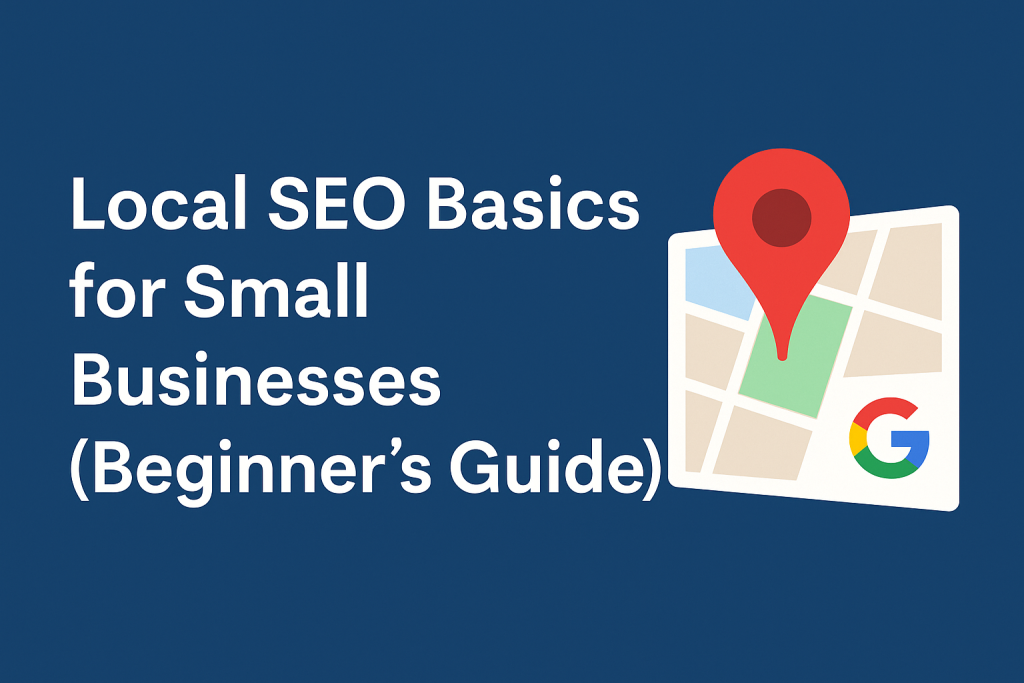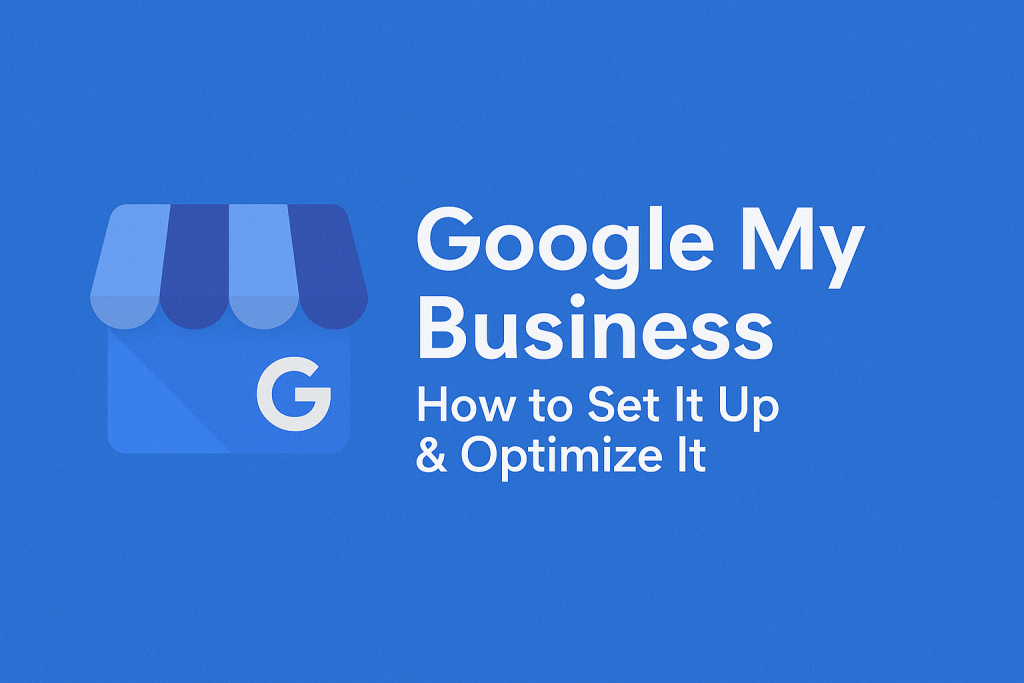Local SEO Basics for Small Businesses (Beginner’s Guide)
If your business depends on local customers—whether you run a coffee shop, hair salon, law firm, or home service—you need to show up in local search results. That’s where local SEO comes in.
Local SEO helps your small business appear when people search for services “near me” or in your geographic area. Done right, it brings more foot traffic, phone calls, and sales.
In this guide, we’ll break down the local SEO basics for small businesses, so you can start ranking in your neighborhood and attracting the right customers.
Why Local SEO Matters for Small Businesses
Most people turn to Google when they’re looking for a nearby business. According to Google, 76% of people who search for something local visit a business within a day—and 28% of those searches result in a purchase.
What Local SEO Can Help You Do:
- Appear on Google Maps and local search results
- Build trust with local customers through reviews and visibility
- Outrank competitors in your city or town
- Drive real-world visits and sales
If you’re not showing up in local search, you’re leaving money on the table.
Step 1: Set Up and Optimize Your Google Business Profile
Google Business Profile (formerly Google My Business) is the foundation of local SEO. It’s what shows up in the “map pack” and on Google Maps.
How to Get Started
- Claim or create your listing at google.com/business
- Add complete, accurate business details: name, address, phone (NAP)
- Choose the correct business categories
- Upload high-quality photos
- Set business hours and website link
Tips for Optimization
- Write a clear, keyword-rich business description
- Use attributes like “wheelchair accessible” or “LGBTQ+ friendly”
- Post updates and offers regularly
- Respond to reviews to show engagement
Step 2: Make Sure Your NAP Info Is Consistent
Your business Name, Address, and Phone number (NAP) should be exactly the same everywhere online.
Why It Matters
Google uses consistency to verify your credibility. Mismatched info can hurt your local rankings.
Where to Check:
- Your website
- Social media profiles
- Online directories (Yelp, Bing, Apple Maps, etc.)
- Business citations or local listings
Use tools like Moz Local or BrightLocal to audit your listings.
Step 3: Optimize Your Website for Local Search
Even if you have a physical storefront, your website still plays a big role in local SEO.
On-Page SEO Tips
- Include your city and state in title tags and meta descriptions
- Add location-specific keywords to key pages
- Create a dedicated “Contact” page with your address, map, and business hours
- Embed a Google Map on your site
If you serve multiple areas, consider making separate location pages.
Step 4: Get and Manage Online Reviews
Reviews are a huge trust signal—not just for customers, but also for Google’s algorithm.
Where to Focus
- Google reviews
- Yelp
- Industry-specific sites (TripAdvisor, Houzz, etc.)
Best Practices
- Ask happy customers to leave reviews
- Respond to all reviews (even negative ones)
- Avoid fake or incentivized reviews
More (genuine) reviews = more credibility + better rankings.
Step 5: Build Local Links and Citations
Google also looks at who’s linking to your website and where your business is mentioned online.
How to Build Local Authority
- Get featured in local news or blogs
- Partner with local events or charities
- List your business in trusted directories (Chamber of Commerce, local business associations)
- Join niche communities or forums related to your industry
The more local, relevant links you earn, the stronger your SEO foundation becomes.
Step 6: Use Social Media and Local Content
Social media may not directly impact rankings, but it supports visibility, engagement, and trust.
Content Ideas for Local SEO
- Highlight local events or partnerships
- Share behind-the-scenes stories from your store
- Post user-generated content from happy local customers
- Create blog content targeting “best [service] in [city]” style keywords
Final Thoughts
Local SEO doesn’t have to be overwhelming. With the right foundations—Google Business Profile, consistent listings, a location-optimized website, and a strong reputation—you can compete (and win) in your local market.
Start with small, consistent efforts. Update your business profile. Ask for one review this week. Optimize your contact page. Local SEO is a marathon, not a sprint—but every step moves you closer to new customers.
Want to Boost Your Local SEO?
- 📍 Download our Local SEO Checklist for Small Business Owners
- 💬 Got questions about Google Business or reviews? Leave a comment below
- 📥 Subscribe for more SEO-friendly tips and tools for growing locally


